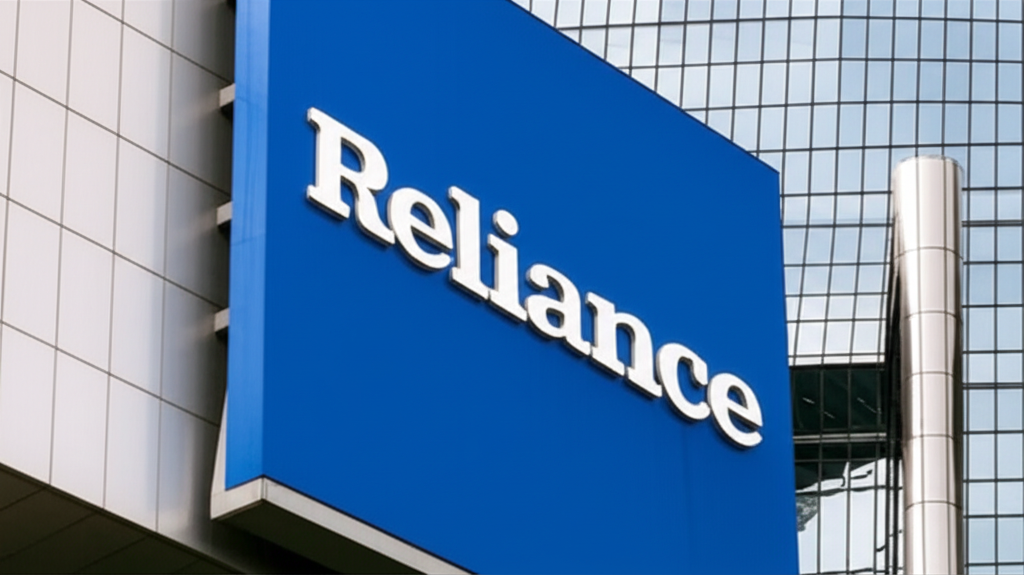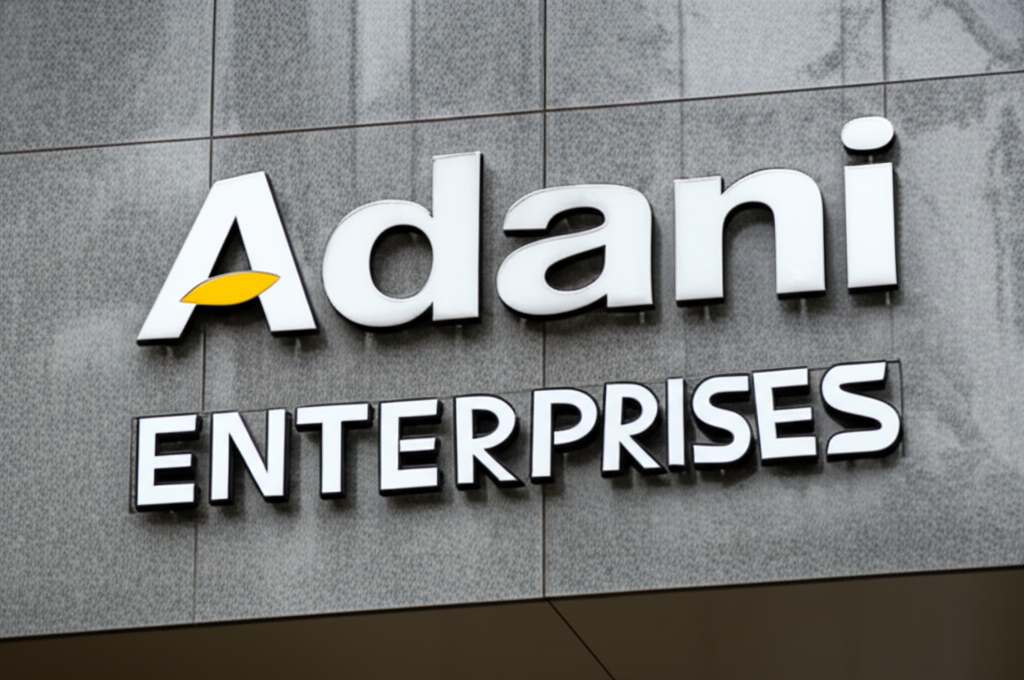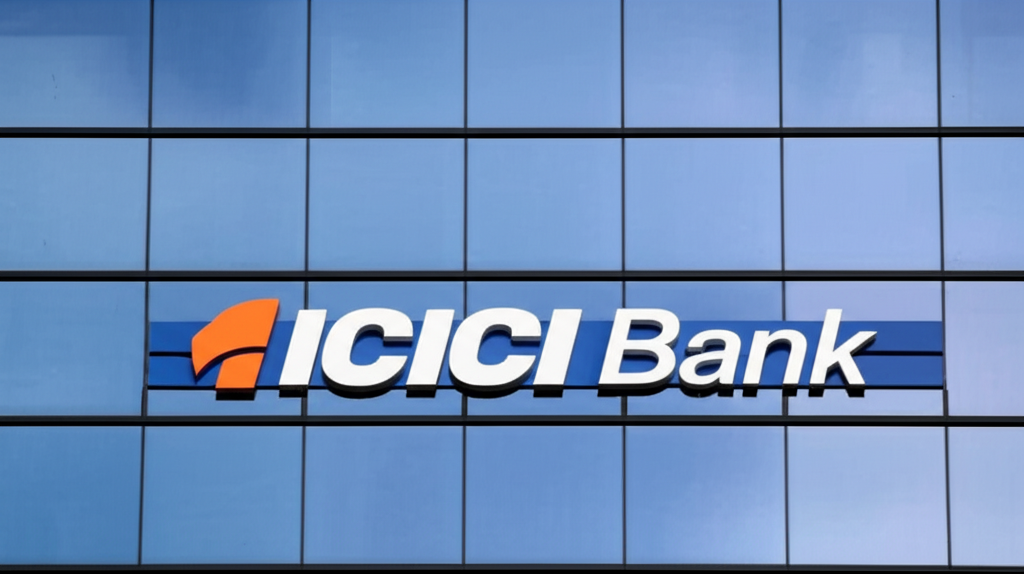RIL, Adani, and Vedanta have pledged ₹1.55 trillion in Investment for Northeast India.
Introduction
India’s northeastern region, long underserved in terms of Infrastructure and economic development, is poised for a significant transformation. A landmark pledge of ₹1.55 trillion (approximately $18.7 billion USD) in investments from three of India’s largest conglomerates – Reliance Industries Limited (RIL), Adani Group, and Vedanta Resources – signals a potential turning point. This unprecedented commitment aims to bolster the region’s infrastructure, industrial capabilities, and overall economic growth. The investments span various sectors, including energy, telecom, manufacturing, and logistics, promising a multifaceted approach to development. This article delves into the implications of this massive investment, analyzing the financial performance of the involved companies, market trends, regulatory factors, and potential risks and rewards for investors.
Recent Financial Performance
Understanding the financial health of RIL, Adani, and Vedanta is crucial to assessing the viability and sustainability of their Northeast India investment pledge. RIL, a behemoth in energy, petrochemicals, and telecom, consistently reports strong financial performance, albeit with fluctuating profits depending on global commodity prices. Their robust cash reserves and diversified portfolio provide a strong foundation for their commitment. (Source: Reliance Industries Limited Annual Reports). Adani Group, a rapidly expanding conglomerate with interests in ports, energy, and logistics, has experienced remarkable growth in recent years, although its valuation has seen some volatility. (Source: Adani Group Financial Statements). Vedanta, a significant player in mining and metals, has a track record of large-scale projects, but its profitability is often tied to global metal prices and regulatory approvals. (Source: Vedanta Resources Annual Reports). Analyzing the individual financial health of these companies alongside their overall investment capacity helps assess their ability to fulfill their ambitious pledge. A thorough due diligence considering debt-to-equity ratios, profitability margins, and future projections is necessary for a comprehensive understanding.
Market Trends and Industry Analysis
The investment pledge coincides with several positive market trends influencing the Indian Economy and specifically the Northeast. The government’s “Act East Policy” aims to strengthen connectivity and trade with Southeast Asia, making the Northeast a strategic gateway. Moreover, the government’s infrastructure push, including road and rail improvements, creates a favorable environment for large-scale projects. The increasing demand for energy, both renewable and conventional, offers significant opportunities for RIL and Adani. The abundance of natural resources in the Northeast, such as minerals and hydropower, further incentivizes investments in extraction and processing industries for Vedanta. However, a thorough industry analysis needs to account for potential challenges. Existing infrastructure limitations, bureaucratic hurdles, and the potential for land acquisition disputes need to be considered. A comparative analysis of similar investments in other underserved regions of India can offer valuable insights into the potential success factors and pitfalls.
Sentiment Analysis of News Headlines
Initial media reactions to the investment pledge have been largely positive, highlighting the transformative potential for the Northeast. News outlets have emphasized the creation of jobs, infrastructure development, and the overall economic stimulus. (Source: Compilation of news articles from leading Indian and international news sources). However, a nuanced sentiment analysis reveals some cautious optimism. Concerns about environmental impact, potential displacement of local communities, and the need for equitable distribution of benefits have also been raised. Monitoring the ongoing media coverage and social media discussions will provide valuable insights into public sentiment and help anticipate potential challenges. A detailed analysis of the sentiment expressed in news headlines and articles, using natural language processing (NLP) techniques, could reveal a more comprehensive understanding of public perception.
Regulatory and Macro-Economic Factors
The success of this massive investment depends heavily on a supportive regulatory environment and the overall macroeconomic conditions. The Indian government’s policies regarding land acquisition, environmental clearances, and tax incentives will play a crucial role. Streamlined regulatory processes are vital to ensure the timely implementation of projects. Macroeconomic factors such as inflation, interest rates, and foreign exchange fluctuations could also impact the project’s viability. A stable macroeconomic environment with low inflation and reasonable interest rates will be conducive to investment. Potential changes in government policies or unforeseen economic downturns could pose significant risks. Careful consideration of the political and economic climate, including potential shifts in government priorities, is essential.
Risk Factors
Despite the significant potential, several risk factors need careful consideration. Geopolitical instability in the region, although currently relatively low, presents a potential threat. Environmental concerns regarding large-scale industrial projects need to be addressed proactively. Land acquisition disputes and potential resistance from local communities could lead to delays and cost overruns. The dependence on global commodity prices for companies like Vedanta and RIL exposes the project to market volatility. Furthermore, the capacity of local infrastructure and skilled labor to support these massive projects needs to be thoroughly evaluated. A comprehensive risk assessment should include detailed analysis of these factors, outlining mitigation strategies and contingency plans.
Future Outlook
The ₹1.55 trillion investment represents a long-term commitment with the potential to significantly alter the economic landscape of Northeast India. Successful implementation of these projects could create numerous job opportunities, attract further investments, and improve the region’s connectivity and infrastructure. However, the project’s success hinges on effective execution, careful management of risks, and a collaborative approach involving the government, private sector, and local communities. Regular monitoring of progress, transparent communication, and proactive addressing of challenges will be crucial. Long-term projections need to consider sustainable development practices and equitable distribution of benefits to ensure a positive and lasting impact on the region.
Recommendations
Investors interested in this development should adopt a cautious yet optimistic approach. Thorough due diligence on the individual companies and their project plans is paramount. Diversification across the three companies might be a prudent strategy to mitigate the risk associated with any single entity. Close monitoring of regulatory approvals, environmental impact assessments, and progress updates is crucial. Investors should carefully assess the risk appetite before committing to investments related to these projects. The long-term potential is significant, but the path to realizing that potential carries inherent risks that need to be carefully considered and managed.
“`















0 Comments